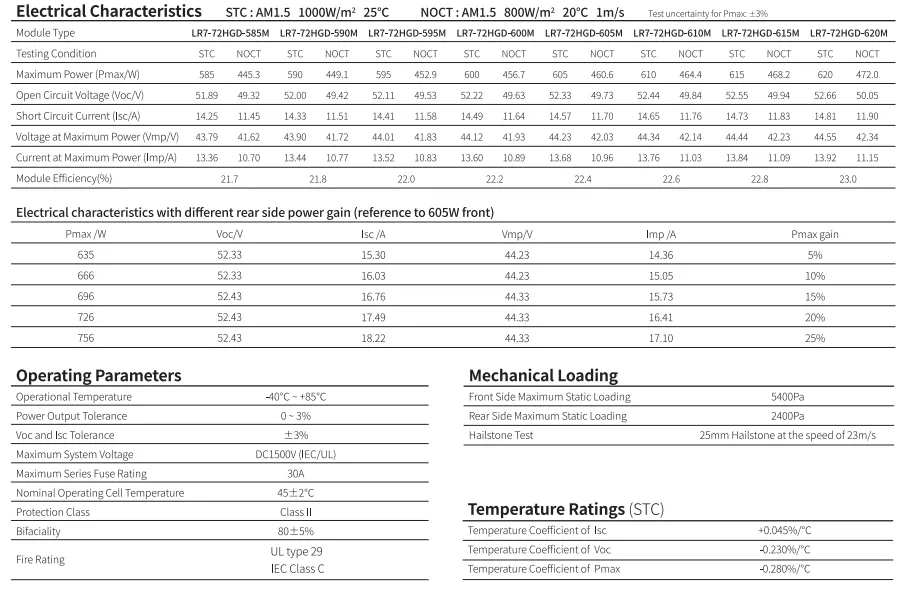Typical Dimensions and Specifications of Solar Panels for Optimal Energy Generation
Understanding Standard Solar Panel Size Dimensions and Implications
As the world transitions towards renewable energy sources, solar power has emerged as a frontrunner in the quest for sustainable alternatives. One critical aspect of solar energy systems is the size of the solar panels, which can significantly affect installation, efficiency, and overall energy production. This article delves into the standard solar panel sizes, their dimensions, and implications for both residential and commercial applications.
What is the Standard Size of a Solar Panel?
The most commonly used solar panels in residential and commercial installations are the monocrystalline and polycrystalline types. The standard size for both of these panel types typically falls within a range of 60 to 72 cells. For example, a 60-cell monocrystalline solar panel usually measures approximately 65 inches by 39 inches (about 165 cm by 99 cm). A 72-cell panel, often used in larger installations, measures around 77 inches by 39 inches (approximately 195 cm by 99 cm).
Although these dimensions have become standard within the industry, manufacturers might produce panels with varying specifications. The wattage of a solar panel, which indicates its power output under ideal conditions, generally ranges from 250 to 400 watts for standard sizes. Higher wattage panels are often larger or have more efficient cell technology.
Importance of Dimensions in Solar Panel Systems
The dimensions of solar panels are not merely about aesthetics; they have substantial implications for installation and energy efficiency. First, the size of the solar panels impacts how many can fit on a given roof or installation area. Homeowners or businesses with limited space need to select panels that maximize energy output within their constraints.
Second, larger panels may produce energy more efficiently due to their increased surface area, allowing for more solar cells and higher power output. However, the balance between panel size, efficiency, and available installation space is crucial. A well-optimized solar array can maximize energy collection while minimizing space usage.
standard solar panel size

How Size Influences Installation
When planning a solar energy system, it's important to consider not only the available space but also the orientation and angle of the roof. In regions with less sunlight, larger panels might be preferable to capture more energy, while in sunnier areas, smaller panels could suffice due to increased sunlight availability.
Additionally, the weight and structural load of the panels must be considered. Larger panels may require reinforced roofs or additional structural support, which can increase the overall cost of installation. Therefore, before deciding on a solar panel size, it is worthwhile to conduct a thorough assessment of the building’s architecture.
Conclusion Choosing the Right Solar Panel Size
Selecting the right solar panel size is fundamental to the effectiveness and efficiency of any solar power system. While standard sizes can provide a basic guideline, factors such as installation space, energy needs, budget, and local climate conditions must also be taken into account.
In today’s technological landscape, where advances in solar technology continue to evolve, ongoing research and innovation are leading to the development of even more compact and efficient solar panels. For prospective buyers and users of solar energy, staying informed about these developments is essential.
Ultimately, making an informed decision about solar panel size can ensure optimal performance and return on investment. As the push for renewable energy sources grows, understanding the nuances of solar panel dimensions will prove invaluable for both residential and commercial solar energy projects. By harnessing the sun's power effectively, we can significantly reduce our carbon footprint and contribute to a more sustainable future.
-
Unlocking Energy Freedom with the Off Grid Solar InverterNewsJun.06,2025
-
Unlock More Solar Power with a High-Efficiency Bifacial Solar PanelNewsJun.06,2025
-
Power Your Future with High-Efficiency Monocrystalline Solar PanelsNewsJun.06,2025
-
Next-Gen Solar Power Starts with Micro Solar InvertersNewsJun.06,2025
-
Harnessing Peak Efficiency with the On Grid Solar InverterNewsJun.06,2025
-
Discover Unmatched Efficiency with the Latest String Solar InverterNewsJun.06,2025







